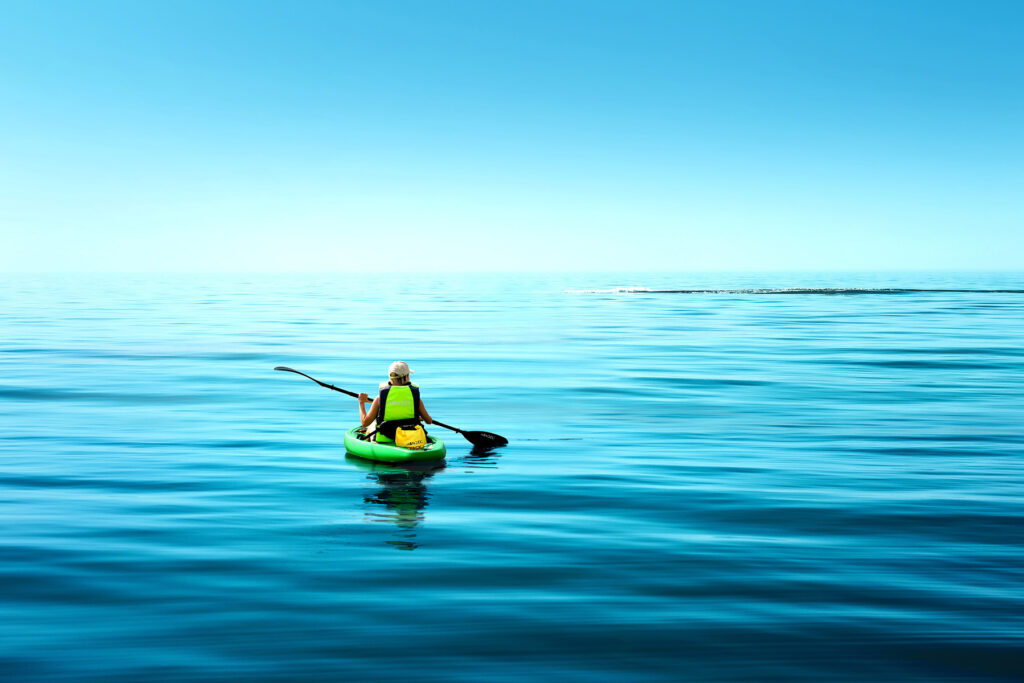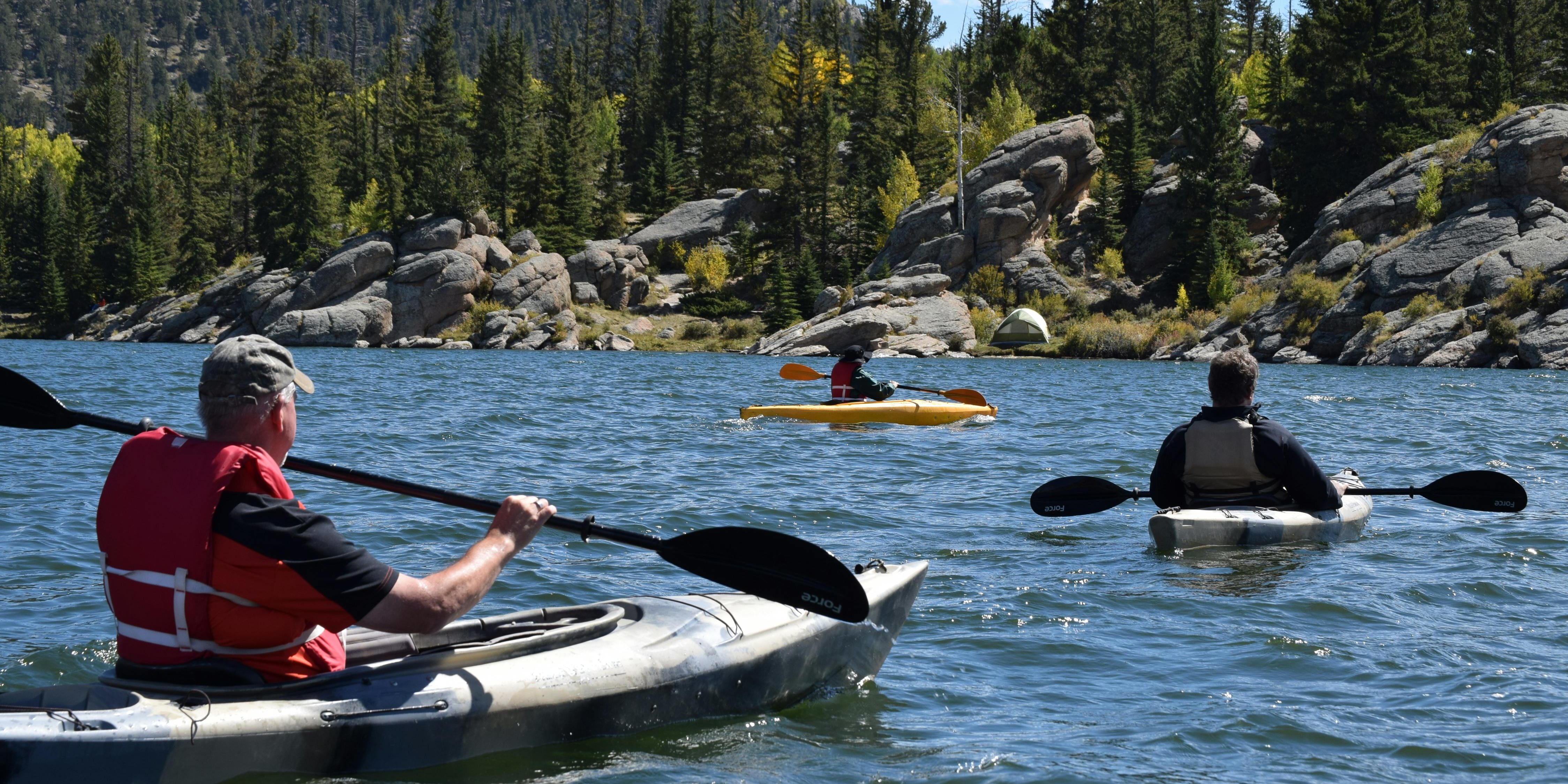1.The origin of kayak:
Kayak is a very old and broad concept. Kayak has appeared since the time when humans mastered fire and stone axes. It was originally made of leather or hollowed tree trunks, and can also be called a canoe (today in Hong Kong and Macao in China). , this name is still used in Taiwan), and the English name is KAYAK. According to historical records, the founders of canoes were the Eskimos of Greenland. They were made of animal skins and bones and were mainly used for hunting and fishing. Nowadays, kayaking is developed and promoted as a leisure sport.
2.Classification of kayaks:
In terms of materials, they can be divided into: hard-shell kayaks, folding kayaks, inflatable kayaks, etc. Hard-shell kayaks are hard in texture, wear-resistant and strong, have strong impact resistance and are fast, but they are not very convenient to transport. Need to be hung on the roof of the car for travel. Folding kayaks are easy to carry in a car, but they are difficult to maneuver in difficult waters or the ocean, and the taller hull is easily affected by the wind and causes the direction of travel to deviate from the track. The biggest feature of inflatable kayaks is that they are light and portable, but they have short endurance, slow speed, laborious use, poor impact resistance, and relatively high risk.
According to the use characteristics: sit on top kayak, sit in kayak, touring kayak, whitewater kayak.
3.The benefits of kayak as a sport to the human body:
kayak is an outdoor sport that tests speed and endurance. Regular participation in kayak can promote the regulation of human cardiovascular function, increase lung capacity, and enhance body muscle strength and endurance. It is a good fitness exercise. At the same time, because it is water sports, the negative ion content on the water is 2 to 3 times that of indoor sports, which is also very beneficial to the respiratory system. Kayak is an aerobic sport. Regular participation in kayak can effectively enhance the functions of the cardiovascular and respiratory systems, increase lung capacity, and develop body muscle strength and endurance. Men’s regular kayak can effectively exercise the deltoid, pectoralis major, rectus abdominis and trapezius muscles. If a woman exercises properly, her body curves will become more perfect.
4.The fun of kayaking:
Kayak is not only a sport, but also a leisurely outdoor activity suitable for ordinary people to participate in. It can especially exercise people’s balance and coordination. The most important feature of sit on top kayak is that it allows people to see scenery they have never seen before. , because you can drive a sit on top kayak to any place you want to go, and it will take you to see strange scenery that you can’t usually see on land, such as islands, caves, water birds, flying fish, strange plants, etc. Only on the wide water can you feel how vast the world is. There are no traffic jams, no noise, no crowds, no dirty air, no pressure. Everything is fresh and natural. After all, more than 70% of the earth’s area It’s a body of water. Furthermore, sit on top kayak is basically a one-person boat. You control the direction and speed by yourself, which helps to enhance individual self-confidence and independence. In training or competition, you often sail in a team, and you not only have to strive to be first, but also You also need to look after each other and work closely with your teammates, so you can cultivate team spirit. With the development of society and the improvement of people’s living standards, returning to nature and challenging nature have become the fashion pursued by modern people. The environmentally friendly, healthy and fashionable sit on top kayak project has been recognized by people around the world, especially young people who pursue fashion and are passionate about outdoor sports.
5.Features of modern sit on top kayaks:
With the improvement of material living standards, changes in people’s concepts, modern technology has slowly been integrated into the manufacturing of sports equipment, the design of sit on top kayaks has gradually become popular, and the stability has been greatly improved, making kayak easy to learn and no longer It is a sport that only professional athletes can play. So recreational kayaking has developed rapidly!
Kayaking terminology:
Length of rowing oar: refers to the short distance traveled by the paddle between entering the water and exiting the water.
wakf: refers to the trajectory of the paddle in the water.
Rate of stroke, stroke: refers to the number of strokes within a certain period of time. Generally 30-40 paddles per minute. For men’s and women’s events in all types of boats, there are regulations on effective paddle frequency based on training levels.
Rhythm or rowing: refers to the proportion of time the paddle strokes and returns to the paddle. In each paddling cycle, relax when pushing and push hard when pulling, forming a distinct rhythm. It can give the muscles in the relevant parts a short rest, which is conducive to rational use of physical strength and faster paddling.
Rowing phase: a general term that refers to the complete action of paddling. It consists of three consecutive actions: entering the water, paddling and returning the paddle. One complete movement is called a paddling cycle.
Start: refers to the boat changing from a static state to a moving state, which is called “starting”. Promptly and correctly mastering the starting technology can enable the boat to gain the fastest speed in the shortest time and gain an advance advantage.
Back water: the opposite of paddling action. Reversing the oar can make the boat move in the opposite direction.
Ride the wave: When a kayak is traveling, it uses the power of waves generated by other boats to accelerate its own boat forward.


